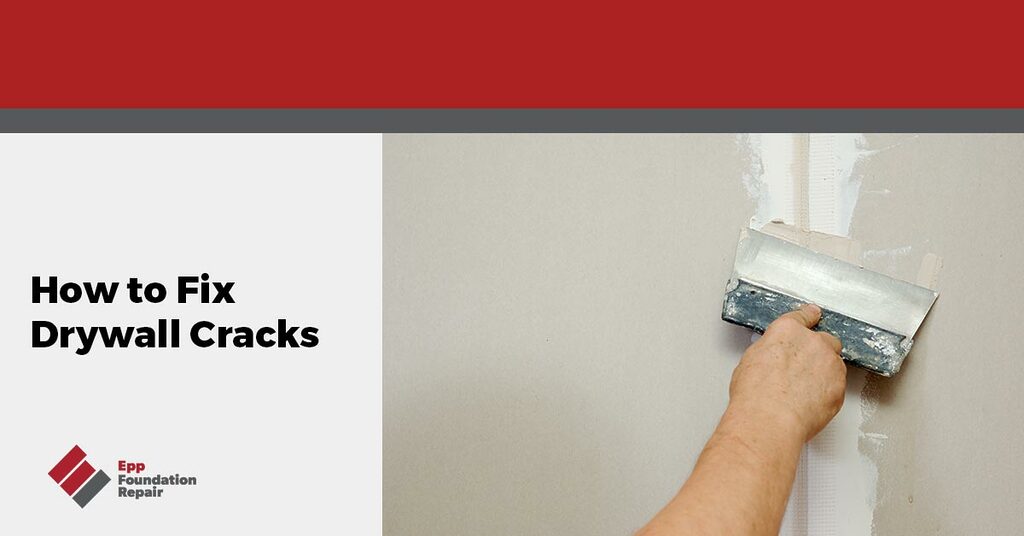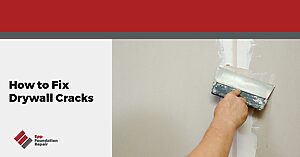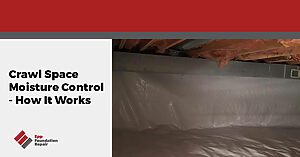Searching for information on how to fix drywall cracks? If so, don’t hit that back button because you’ve landed on the right page. In this article, we’ll review the causes of drywall cracks, the difference between structural and non-structural cracks, how to fix drywall cracks, and more.
What Is Drywall?
Drywall is a common building material used to create walls and ceilings in homes and commercial buildings. It’s made up of gypsum plaster sandwiched between two sheets of paper, making it a versatile and flexible material that’s easy to work with. However, despite its many advantages, drywall is prone to cracking.
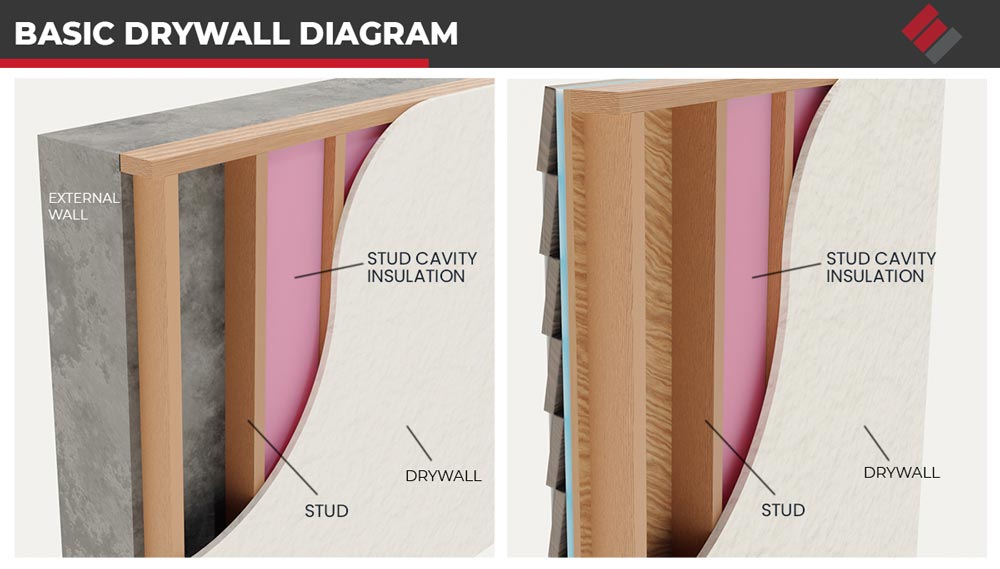
What Causes Drywall Cracks?
The two leading causes of drywall cracks are:
- Faulty installation or temperature fluctuations (not serious)
- Differential foundation settlement (serious)
Drywall cracks caused by faulty installation or temperature fluctuations
Drywall cracks are often caused by nothing more than improper drywall installation. These cracks often appear along drywall seams, usually caused by improperly taped drywall. For example, if the installer doesn’t use enough drywall mud, the drywall tape can come loose and cause a crack.
Drywall cracks can also be caused by temperature fluctuations that cause the drywall to expand and contract, resulting in cracks along the drywall seams. This can happen in vacation homes that sit vacant for most of the year.
Drywall cracks caused by faulty installation or temperature fluctuations are usually nothing to worry about because they aren’t caused by something that affects your home’s structural integrity. They’re mainly just unsightly.
Drywall cracks caused by differential foundation settlement
Drywall cracks caused by differential foundation settlement are much more serious. Differential settlement is when a building’s foundation settles unevenly into the ground. The best way to explain this is via an illustration:
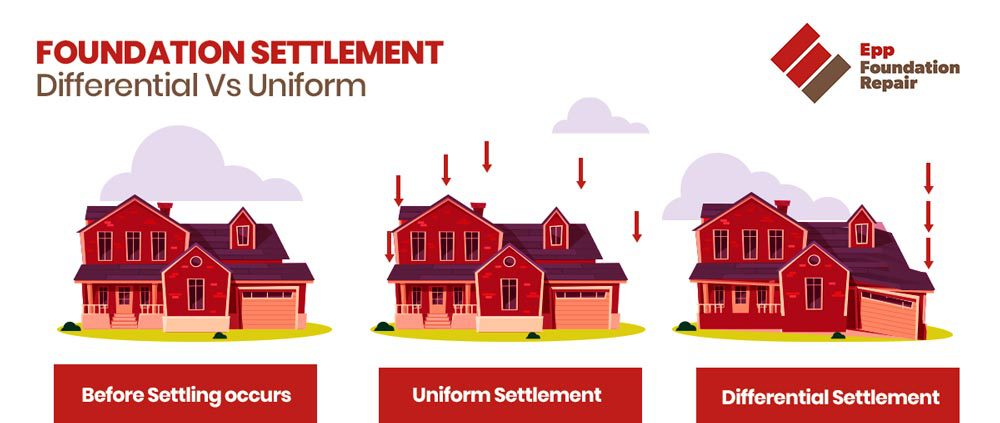
Differential settlement puts tremendous stress on a foundation, and if it isn’t quickly addressed, it will cause serious structural damage.
Differential settlement is caused by various things, including, but not limited to, the following:
- Expansive soil – This is soil with a lot of clay in it. It expands when it soaks up water and then shrinks when it releases water and dries out. This is usually seasonal, and because it causes movement under the foundation, it can eventually lead to differential settlement.
- Erosion-prone soil – Some types of soil are prone to erosion. In this case, water can wash away soil under the foundation, causing voids. If the foundation settles into the voids, differential settlement will happen.
- Improper site preparation – Soil must be compacted before anything gets built on it. If this isn’t done correctly, the structure can sink into the ground unevenly, leading to structural damage.
- Seismic events – Anything that creates movement in the ground under the foundation can cause differential settlement.
For more information, see Structural or Non-Structural? Understanding Foundation Cracks.
How To Fix Drywall Cracks
The chosen repair solution for fixing a drywall crack depends on what caused the crack. If the crack was caused by faulty drywall installation or temperature fluctuations, the repair solution will be different than if the crack was caused by differential foundation settlement.
Fixing drywall cracks caused by faulty installation or temperature fluctuations
- Clean the area around the crack – To begin the repair procedure, start by cleaning the area around the crack. Using a putty knife, remove any loose pieces of drywall or debris from the crack. This will help apply the joint compound and ensure a more effective repair.
- Apply joint compound – Once cleaned, apply a layer of joint compound to the crack using a putty knife. The putty knife should be large enough to cover the width of the crack, ensuring an even application of the joint compound. Make sure to apply the joint compound smoothly and evenly across the crack. The joint compound must dry before moving on to the next step. As a general rule of thumb, joint compound takes about 24 hours to dry thoroughly. Waiting at least 24 hours before proceeding with the next step is recommended.
- Apply a second layer of joint compound – After the joint compound has dried, it’s time to apply a second layer. This will depend on the severity of the crack, but typically, a second layer is needed to cover the crack completely. When applying the second layer, use a larger putty knife so that the joint compound covers a larger area.
- Sand the area – Once the second layer is dry, take a fine-grit sandpaper and lightly sand the area where the crack was. This process helps blend the repaired area with the surrounding drywall surface, making the repair more seamless.
Read more about our blog post on watering foundation myth.
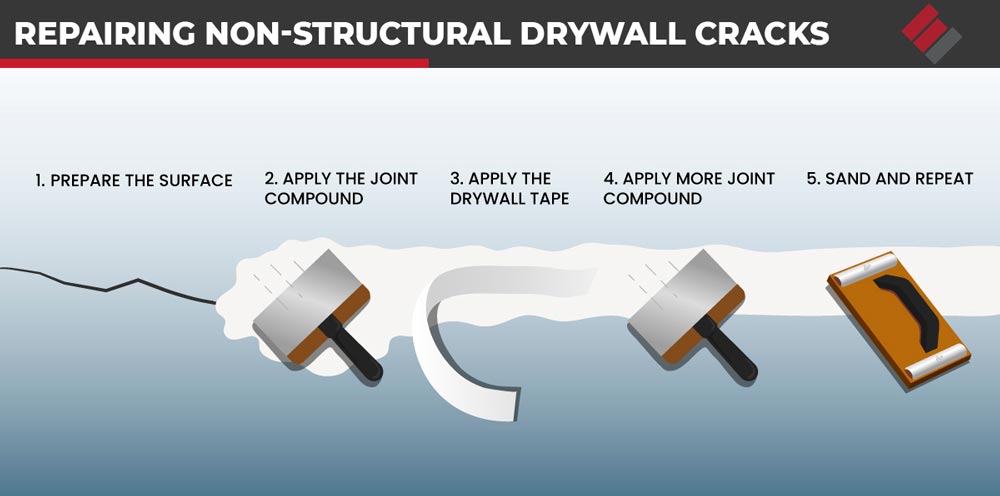
Fixing drywall cracks caused by differential foundation settlement
The most common repair option for fixing drywall cracks caused by differential settlement is underpinning using push, helical, or slab piers. The repair procedure typically involves the following steps:
- Inspection and assessment – A professional foundation repair contractor will inspect the foundation to determine the extent and cause of the damage. This involves examining the exterior and interior of the building, as well as conducting various tests. This step helps to identify the best underpinning method for the repair.
- Preparation for underpinning – After the assessment, the contractor will mark the areas where the foundation piers will be installed. This involves excavating around the foundation and removing any landscaping or structures around the damaged area.
- Pier installation – Push piers are pushed into the ground using the building’s weight and hydraulic pressure. Helical piers are screwed into the soil to the proper depth. Installing slab piers involves drilling holes into the slab and installing either push or helical piers through the holes.
- Restoration – After the piers have been installed, the contractor will begin restoring the foundation to its original position. This may involve using hydraulic jacks to gently lift the foundation as much as possible without causing damage. This often closes wall cracks, etc.
- Cleaning Up – Once the repair is complete, the area around the foundation will be cleaned up, and landscaping or other structures will be restored. The drywall cracks can be patched and repainted to restore the building’s aesthetic appeal.
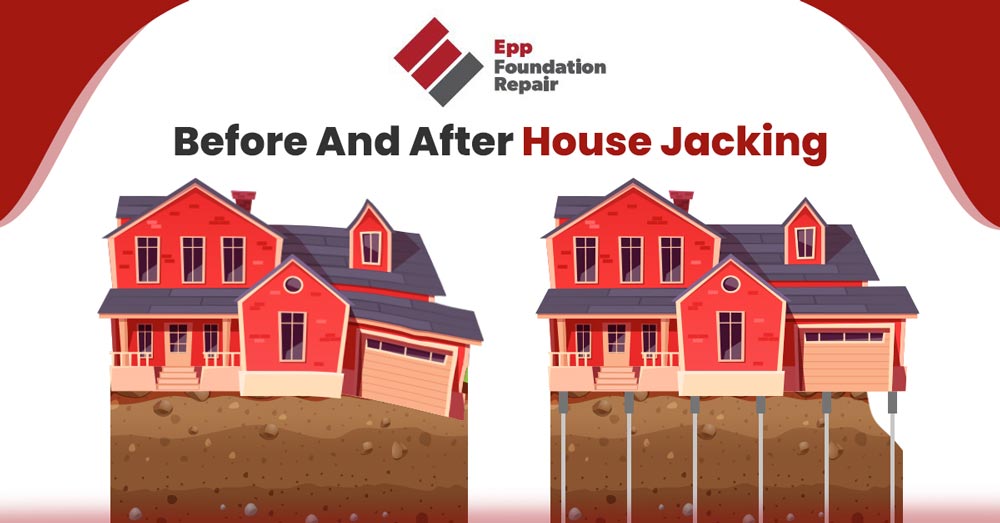
How To Help Prevent Foundation Problems
Fortunately, there are steps that you can take to help prevent foundation problems from occurring in the first place. Note that most of these involve controlling groundwater around the foundation. This is because water is the leading cause of foundation trouble.
- Regrade your yard – Proper grading ensures water flows away from your home’s foundation. A slope of at least 6 inches for every 10 feet is recommended for optimal groundwater drainage away from the foundation.
- Install downspout extensions – Another way to prevent foundation problems is by installing downspout extensions. Downspouts are designed to channel water away from your home’s foundation, but they’re often too short and allow water to pool near the base of your home. Adding extensions to your downspouts ensures that water is directed far away from your foundation before release.
- Clean your gutters regularly – Clogged gutters can cause water to overflow, run down the side of your home, and pool around your foundation. Cleaning your gutters at least twice a year, or more frequently if you have a lot of trees on your property, can help prevent this from happening.
- Install a drain tile system – A drain tile system is a network of perforated pipes installed around the perimeter of your home’s foundation at the footing level. These pipes collect and redirect water away from your foundation. For more information, see What Is Drain Tile?
- Keep trees away from the foundation – Invasive tree roots can wreak havoc on your foundation in a number of ways. By keeping trees with extensive root systems at least 20 feet away from your foundation, you can help ensure they don’t cause any damage.
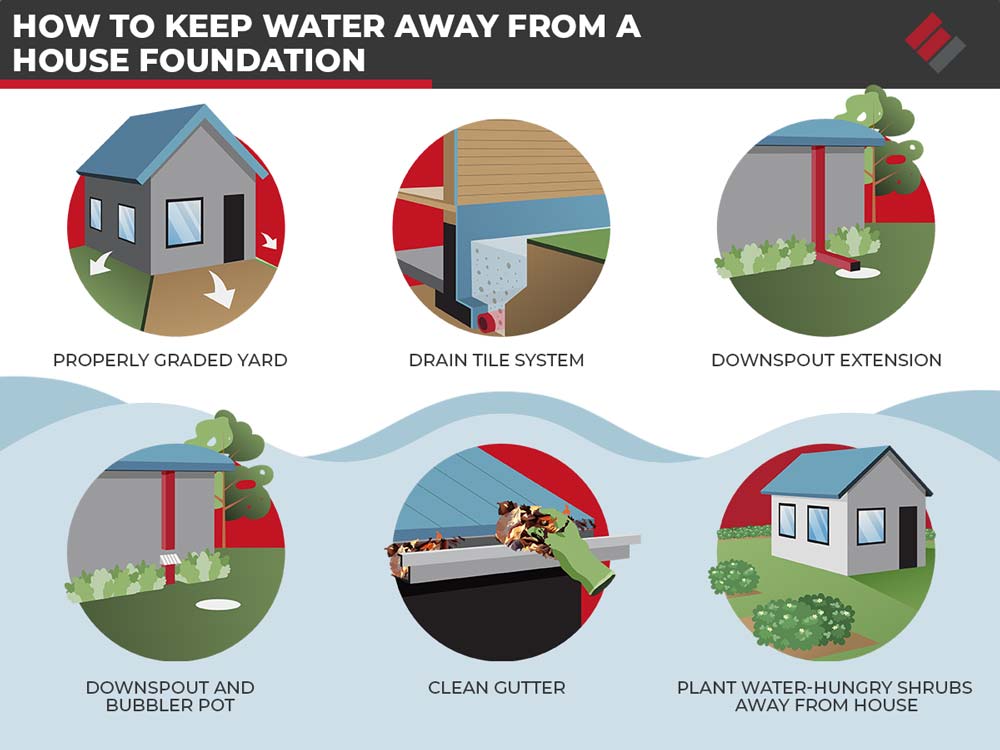
If you’re looking for assistance fixing drywall cracks in your home, contact us today to schedule an evaluation and receive a repair estimate. We serve areas in four states: Nebraska, Kansas, Iowa, and Missouri.

